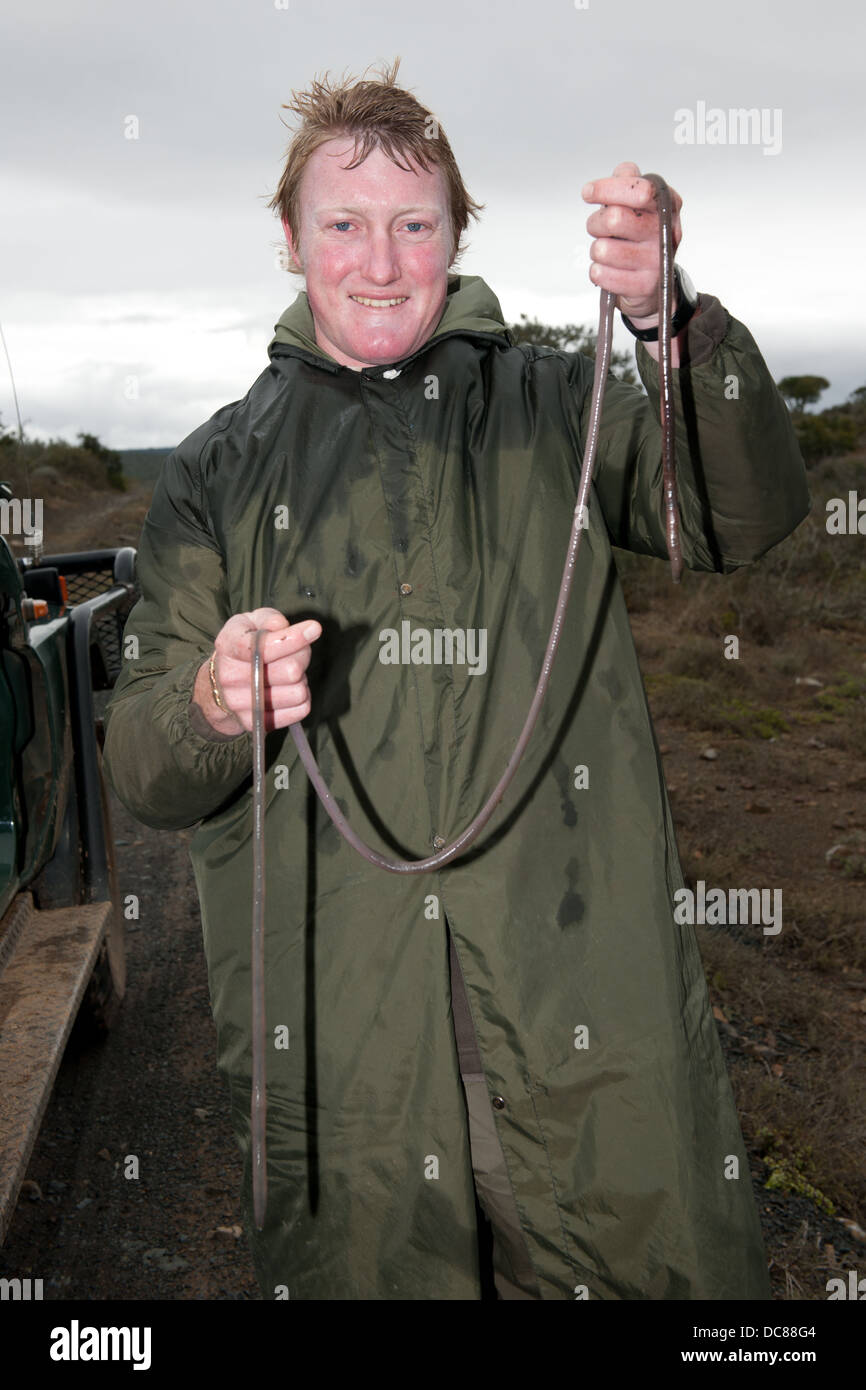

segments will make him about 65cm overall- over 2 feet long)! You will also need some. Keeping soil moist also helps maintain earthworm populations.īill Kerr is a vegetable specialist and a breeder of a range of vegetables.Who hasn't always wanted their own cuddly pet worm, but were put-off by the slime? Hermie at full scale is 20mm (3/4") in diameter, and as long as you like (48 reg. They are one of the reasons that no-till farming produces healthier crops and ensures greater drought resistance. In contrast, they always multiply in my compost heaps after the temperature drops.Įarthworms do not thrive in cultivated soil and their numbers are far higher under no-till conditions. The red wrigglers are in the minority and are not usually found in the lands, but thanks to my mulch, I’m able to support some. Their tunnels also enable water to penetrate easily into the soil and provide the right amount of aeration.Īll three groups of worms are found in the soil of my lands, as it is rich and organic. They perform a wonderful service by taking surface organic content down to deeper layers, operating, in effect, as nature’s ploughs. When I lift up my cover crop mulch, I often see them zipping into their tunnels. They make lateral tunnels and consume soil with organic content, which is enriched after passing through the worms.Īnecic earthworms make vertical tunnels deep into the soil and come out at night to feed on decaying organic matter.

These earthworms inhabit the top 30cm of soil.

Many kits in various forms are available for this purpose. Red wrigglers are often also used by households to ‘digest’ kitchen waste into nutritious vermicompost for the vegetable patch and house plants. Vermicasts provide nutrients that keep the grass well fertilised for a long time with minimal leaching.

Chemical fertilisers result in much leaching of nutrients due to the sandy upper layer and the practice of close-cropped mowing, which creates a shallow root system. It is also excellent for fertilising golf greens. This is sold to farms and garden centres, and is ideal for growers producing organic produce. This species is very valuable and many farmers, both in South Africa and abroad, use the worms to convert cattle manure and other organic waste into vermicasts, a type of compost. In South Africa, the prominent species is the red wriggler (Eisenia andrei). They are useful for converting waste organic matter into vermicompost. Epigeic earthworms do not live in the soil but in surface organic matter.


 0 kommentar(er)
0 kommentar(er)
